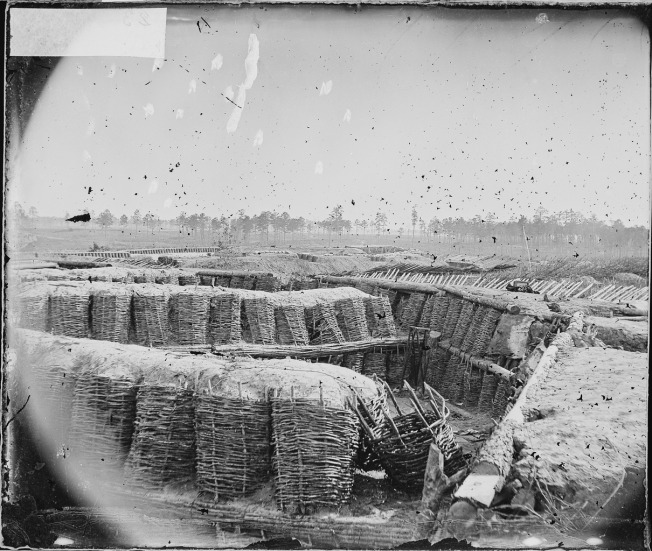Several weeks ago I answered a call for abstracts. The subject? The economics of the undead. Ain’t nobody got time for that?
Here’s where I went with it: vampires are too easy, they retain so much of their humanity that their laws of economics are virtually unchanged from ours. I wanted to make a tongue-in-cheek yet faux-scholarly defense of zombie economics. Apparently what you read below either wasn’t tongue-in-cheek or faux-scholarly enough. I’m happy with it, though, and was eager to flesh it out into a full paper. Anyone else want to compile a book of zombie papers? Harvard? MIT?
As always, I struggled against the maximum word length (500, in this case). Instead of expanding the abstract now that it has been rejected and word length is a moot point, I am posting exactly what I submitted to the editors.
–C.E. Alexander, March 29, 2013
—
Unplacated zombies demonstrate no capacity for wealth creation, reason, physical movement or division of labor. Their narrowly-focused consumer preferences and disregard for legal rights, human rights and currency—-to say nothing of their unique and ever-diminishing food sources—-stand apart from established economic views.
Accommodated or placated zombies, however, present unrealized cultural value. A Borgesian zombie (“The Immortal”) is proven to maintain its intellect even with outward displays of “barbarity.” It experiences lucid episodes, rebuilds those cities it has destroyed and—in the case of the title character—writes a classic epic novel and works as a rare book dealer. “Echo and memory” allow the zombies of Les Revenants to perform their jobs at a higher function than they would have before they died. Comically, the closing frames of Sean of the Dead show zombies working, marrying and playing video games. The question of successfully placating the undead seems fairly simple to answer: even depictions of the more violent strains of zombie outbreak (The Walking Dead) have demonstrated that keeping zombies well-fed will pacify them.
Questions of moral obligation arise: in a free society, particularly one at the point of collapse (World War Z), zombie stewards will hardly be lining up to volunteer. Even today the invisible hand is an alluring idea which leaves no room for zombie caretaking conscriptions. Rational, law-abiding citizens, making the world better as captains of their own barge will be too busy surviving to agree to varmint ranching. However, this essay will conclude that modern, interdependent society is not so far away from the Borgesian model of zombie stewardship. Tyler Cowen (George Mason University) demonstrated that “the economic value produced by the median individual”—meaning an “able-bodied, working-age individual,” not a sickly retiree—is quickly being outpaced by “the economic value needed to produce or maintain the modern individual.” In this light, the zombie as a metaphor for dropouts on the dole—their sad predicament resting solely on their own, unsquared shoulders—needs a critical look. (Even the title of 28 Days Later suggests a rehab movie, not a zombie flick, which presents the debate surrounding drug screening of welfare recipients in an unexpected way.) Proposals for maintaining the intellect indefinitely—-whether at the expense of the body (“Hedonistic Imperative”) or altogether separate from the body (transhumanism)—-seem generally unburdened by the discussion of welfare politics.
So perhaps like all great jokes, the tongue-in-cheek opening to Sean of the Dead may contain a kernel of truth and invoke perhaps one of the strangest of all zombie stories, that of the hive mind as described by Invasion of the Body Snatchers. Are we zombies already, lurching toward the coffee maker, dumb with smart phones, feigning productivity at work? The article concludes that the matter of moral interdependency for industrialized nations may have already been decided, while rugged individuals dozed online, still somehow valuable to the hive, even while exchanging design tips and recipes via Pinterest.
-Written by C.E. Alexander (@CAlexanderRun). His fiction debut The Music and the Spires is available now through Zidi Publishing.






